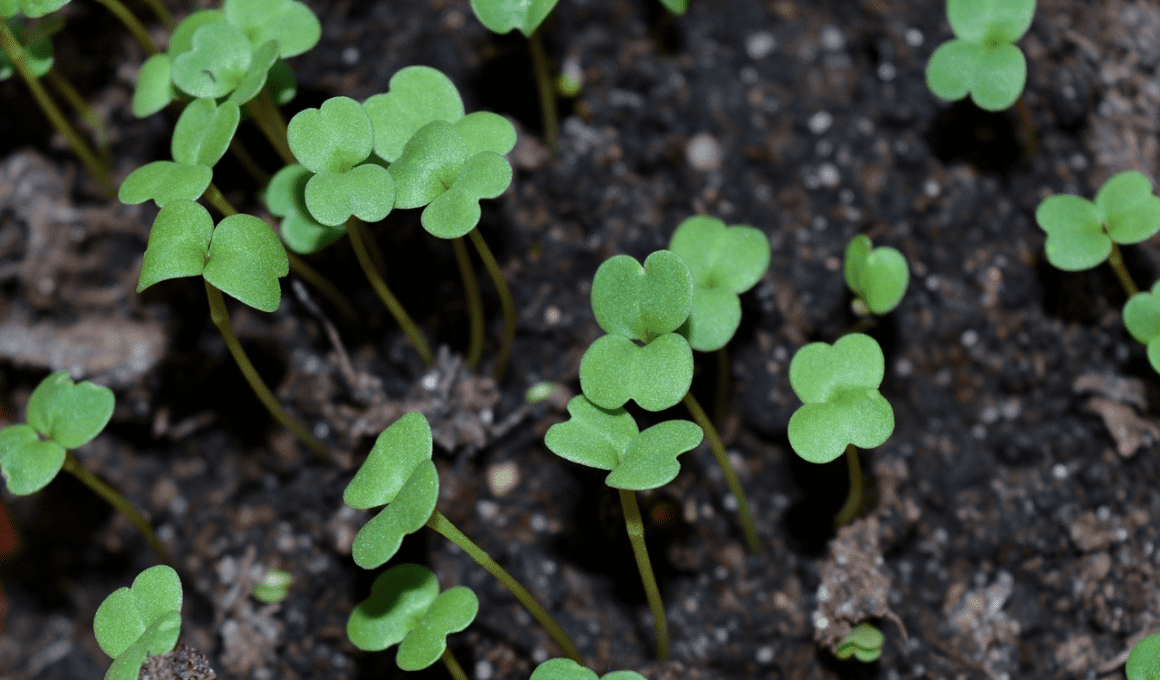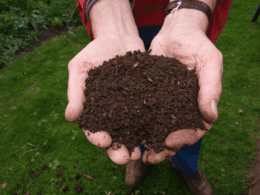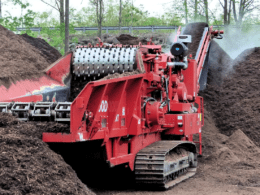Are you looking to add some extra flavor and nutrition to your meals? Look no further than microgreens! These tiny plants are packed with nutrients and can be easily grown at home.
However, to get the most out of your microgreens, proper harvesting and storage techniques are crucial. In this article, we will explore the different growth times of various plant varieties and provide tips for harvesting, washing, and storing your microgreens to ensure they stay fresh for as long as possible.
You may be surprised to learn that microgreens have a very short shelf life, often lasting only a few days. But with the right techniques, you can maximize their potential and enjoy their benefits for longer.
Whether you’re an experienced gardener or just starting out, these tips will help you make the most of your microgreens and keep them fresh for as long as possible.
So, let’s dive in and discover the best ways to harvest and store microgreens!
Quick Takeaways
- Microgreens add flavor, color, and nutrients to dishes but require proper harvesting and storage due to short shelf life.
- Different plant varieties have different growth times, with snow pea microgreens growing tendrils that improve look and taste.
- Good harvesting and storage techniques are essential for the longest shelf life of microgreens, which should be washed to remove dirt, mold spores, bacteria, and seed hulls.
- Microgreens should be refrigerated in the darkest location away from the door at 40°F (4°C) for 7-14 days and packaged loosely in a glass bowl or clam-shell style plastic container with air-flow, but should never be stored anywhere outside of the refrigerator.
Are Microgreens More Nutritious Than Sprouts?
When it comes to sprouts vs microgreens: nutrient-packed comparison, microgreens often come out on top. These young plants are harvested after the seedling stage, containing high concentrations of vitamins, minerals, and antioxidants. With their intense flavors and vibrant colors, microgreens are a great addition to salads, smoothies, and various dishes, boosting both taste and nutrition.
Using Microgreens
You can add flavor, color, and nutrients to your dishes by using microgreens. These tiny plants are packed with nutritional benefits and can be used in a variety of recipes.
From salads to sandwiches, microgreens can be a great addition to any meal. To ensure that your microgreens maintain their quality, it’s important to follow proper harvesting and storage techniques.
After harvesting your microgreens, gently wash them in cool water and dry them thoroughly in front of a fan. When storing them, package them loosely in a glass bowl or clam-shell style plastic container with air-flow and refrigerate them in the darkest location of your fridge away from the door at 40°F (4°C) for 7-14 days.
With these simple tips, you can maximize the use of your microgreens and enjoy their delicious flavor and nutritional benefits.
Harvesting Techniques
To ensure the freshest microgreens, wait until the true leaves have developed before carefully snipping the stems just above the soil. Use clean and sharp cutting tools to avoid damaging the remaining plants.
There are two main cutting methods to choose from, depending on the variety of microgreens:
- For plants such as sunflower and pea, use scissors to cut the stems just above the first set of leaves. This will encourage the growth of new leaves and prolong the plant’s lifespan.
- For plants such as broccoli and radish, use a sharp knife to cut the stems just above the soil. Be careful not to cut too deep and damage the remaining plants.
After harvesting, it’s important to thoroughly wash the microgreens to remove any dirt, mold spores, and bacteria.
Follow these washing process steps to ensure the best results:
- Fill a clean bowl with cool water.
- Place the microgreens in the water and gently swish them around.
- Remove the microgreens from the water and rinse them under cool running water.
- Place the microgreens on a clean towel or paper towel and pat them dry.
By using these cutting methods and washing processes, you can maximize the shelf life and freshness of your microgreens.
Proper Storage
For optimal freshness, ensure proper storage techniques are used for your harvested microgreens. After harvesting, it’s important to wash and dry your microgreens thoroughly before storing. Once dry, package them loosely in a container that allows for air-flow and humidity control. Resealable plastic bags are not recommended as they can trap moisture and cause the microgreens to spoil quicker.
Consider using glass bowls or clam-shell style plastic containers with ventilation. Microgreens should be stored in the darkest location of your refrigerator, away from the door, at a temperature of 40°F (4°C). With these proper storage techniques, your microgreens can last up to 14 days in the refrigerator. Use the table below as a guide for selecting the best container option for your microgreens.
| Container Option | Pros | Cons |
|---|---|---|
| Glass bowl | Allows for humidity control and air-flow | Can break easily |
| Clam-shell style plastic container | Durable and stackable | May not provide enough air-flow |
| Paper bag | Eco-friendly and breathable | Not as durable as other options |
By using the proper storage techniques and container options, you can maximize the shelf life and freshness of your microgreens. Don’t let your hard work go to waste, take the extra steps to ensure your microgreens stay fresh and flavorful for as long as possible.
Frequently Asked Questions
How do you know when microgreens are ready to be harvested?
To determine when to harvest microgreens, look for the development of true leaves. Once they appear, use scissors to cut the stems just above the soil. This is the optimal harvest time and will ensure the best flavor and nutrients.
Can all varieties of microgreens be regrown multiple times?
You can regrow certain varieties of microgreens like snow peas, green peas, speckled peas, and fava beans several times. However, it’s important to practice crop rotation to avoid soil depletion and ensure healthy growth.
What is the best way to package and store microgreens for the longest shelf life?
To get the longest shelf life out of your microgreens, package them loosely in a glass bowl or clam-shell style container with air-flow. Refrigerate them in the darkest part of your fridge away from the door at 40°F. Do not use resealable bags. Vacuum sealing, dehydration, or freezing are not recommended.
Are there any varieties of microgreens that require special harvesting techniques?
When harvesting microgreens, you should consider the variety of plant. Some may require special harvesting methods such as cutting above the cotyledon or harvesting before the true leaves appear. Always research varietal considerations before harvesting.
What are some common mistakes to avoid when harvesting and storing microgreens?
When harvesting and storing microgreens, common mistakes include not washing them properly, using resealable plastic bags, and storing them in the wrong location. Optimal growing conditions are essential for longest shelf life.









